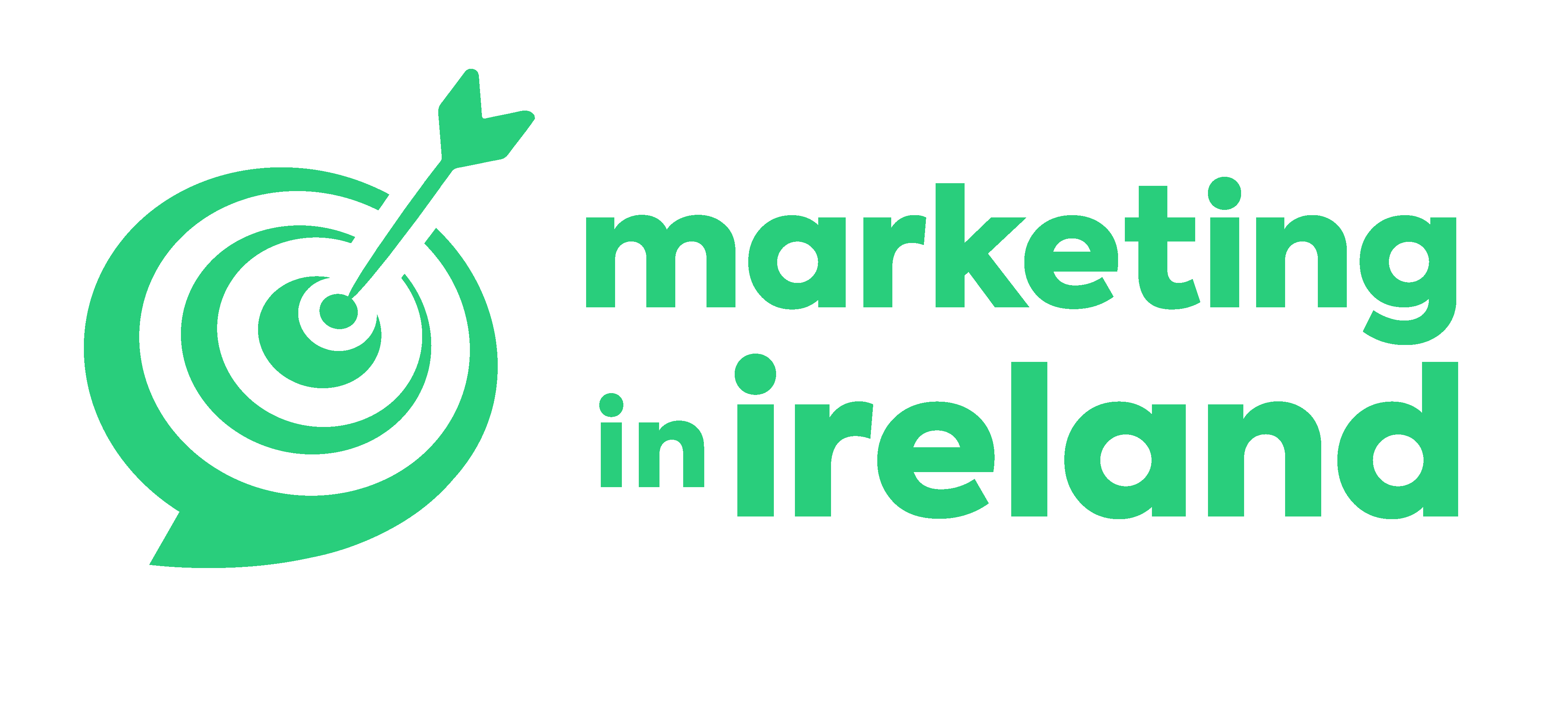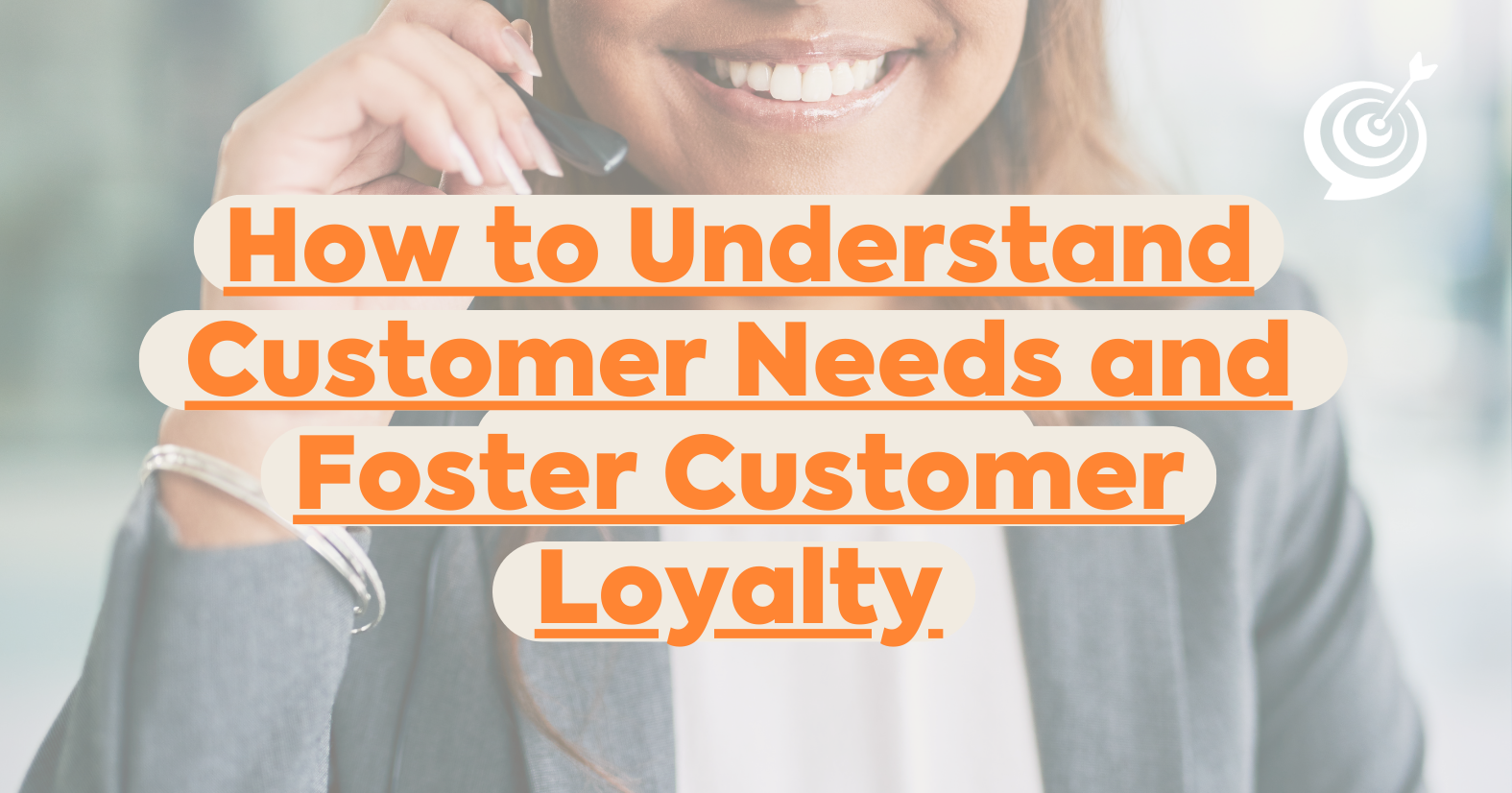Now that you’ve learned how to use Chat GPT as a marketer, I’d like to know if you’ve reached a point in your career where you recognise that, as a manager, it’s critical to delve deeply into consumer demands and effectively apply them. Today is your lucky day since we will explain in detail how to recognise and surpass your client’s expectations through outstanding service. Let’s go!
Desires, Customer Needs, and Maslow’s Hierarchy of Needs
One of the main differences between customer desires and needs is that an unfulfilled desire does not cause significant discomfort (psychological or physical). However, an unmet need can have a significant impact. Consumer needs exist without any external stimulus, while desires are more influenced by context and offerings.
Marketing frequently employs Maslow’s Hierarchy of Needs to describe consumer behaviour. According to CNN, the hierarchy, developed in the 1950s by American psychologist Abraham Maslow, prioritises human needs in the following order:
image to be added
Understanding Maslow’s hierarchy is critical for marketing since it enables the creation of unique experiences that suit customers’ demands, contribute to your company’s healthy growth, and preserve strong customer relations.
Leonora’s need, a practical example:
Consider a basic example from the hierarchy of needs: food. At noon, most people feel hungry and think about buying food. In this case, factors such as location, price, type of food, and waiting time are considered by the customer to satisfy this need. Suppose Leonora also wants to eat at the corner restaurant because they have live music. If this desire is not met, Leonora’s life and well-being will not be significantly affected.
A truly “customer-centric” company should offer excellent solutions to Leonora’s needs (like food) by providing a convenient location, affordable prices, and efficient service. While much is said about being “customer-centric,” truly embodying this approach can be challenging.
Types of Customer Needs: Exploring Some Categories
Understanding the different types of customer needs is essential for any entrepreneur who wants to provide an exceptional experience and foster customer loyalty. These needs can be categorised in various ways, and understanding each one of them allows you to create personalised and effective strategies. Although HubSpot explains 16 types of customer needs, let’s explore some categories:
Functional Needs: These are the practical needs consumers expect their products or services to meet. For example, a young entrepreneur who frequently travels and engages in sports might value the durability and portability of a mobile device. A phone with long battery life and water resistance would be essential to meet their functional needs during daily activities.
Emotional Needs: Related to consumers’ feelings and emotions, these needs influence how they perceive products or services. An example is an entrepreneur buying a luxury car not just for transportation but for the sense of prestige and status it provides. Meeting these needs requires a deep understanding of the emotional impact your offering can have on customers.
Social Needs: These needs are connected to the desire for interaction and belonging. A young entrepreneur might seek products or services that facilitate connections with people who share similar interests.
Safety Needs: Involve the pursuit of protection and stability. A results-oriented entrepreneur may be concerned with the security of their personal and business data.
Esteem Needs: Linked to the desire for recognition and appreciation, these needs are crucial for consumers seeking products or services that make them feel special.
By understanding and categorising these needs, you can create more precise and effective marketing and customer service strategies, ensuring that each interaction with your brand meets and exceeds your target audience’s expectations.
So, how do you identify customer needs?
Before launching a brand or product, there must be a real demand for it. This demand arises from customers’ needs and desires. Managers need to learn to identify these needs to meet—and ideally exceed—consumers’ expectations.
To do this, it is crucial to understand the behaviours of a buyer persona for your products, analyse them, and create a strategy that guides them to the end of the purchase funnel, whether by acquiring your product or service. This way, your marketing campaign will have more satisfactory and profitable results, as it will map and understand customer needs, providing an excellent experience from the first contact and building a relationship of trust and loyalty.
Zendesk suggests several key steps to understand your customers’ needs. Here are some of the essential considerations:
- Conduct thorough research on customer needs.
- Listen carefully to the feedback provided by customers.
- Identify and understand the issues that trouble your audience.
- Maintain regular interaction with your customers.
- Clearly define the solution that your product offers.
You can identify customer needs through routine research within your business to improve your products and services. When consumer needs and desires are recognised, they feel heard and valued, and your company gains valuable insights to continually improve the customer experience. By understanding and acting on feedback received, solving problems, and presenting effective solutions, you can satisfy customer needs and strengthen loyalty and trust in your brand.
In conclusion, identifying customer needs is a continuous active listening, analysis, and interaction process. When done correctly, it meets and exceeds customer expectations, ensuring a lasting and profitable relationship for both sides. Additionally, using a CRM (customer relationship management) system to store customer data can be a valuable tool in this process, facilitating the tracking of interactions and helping to personalise and further improve customer service to meet consumer needs.





